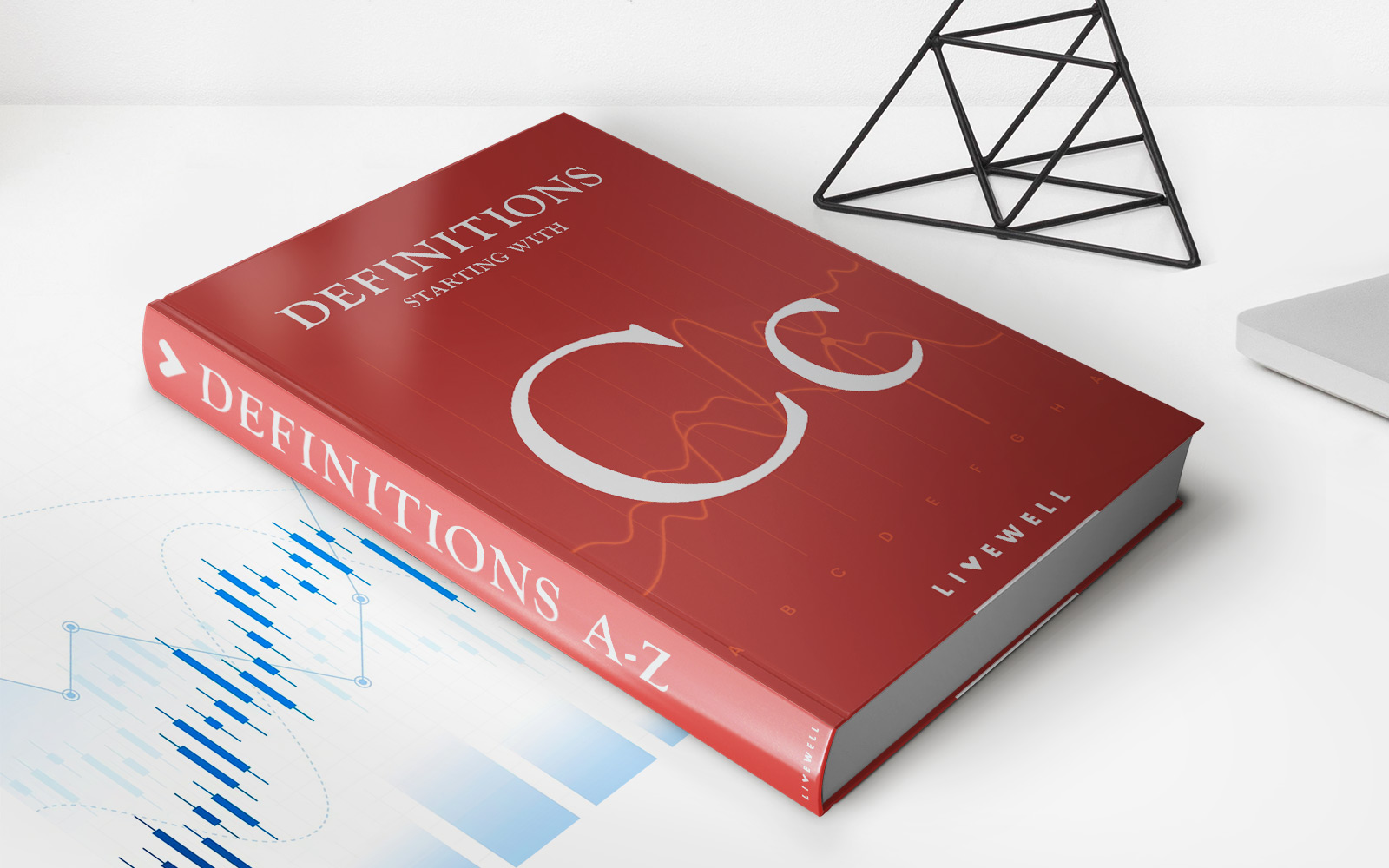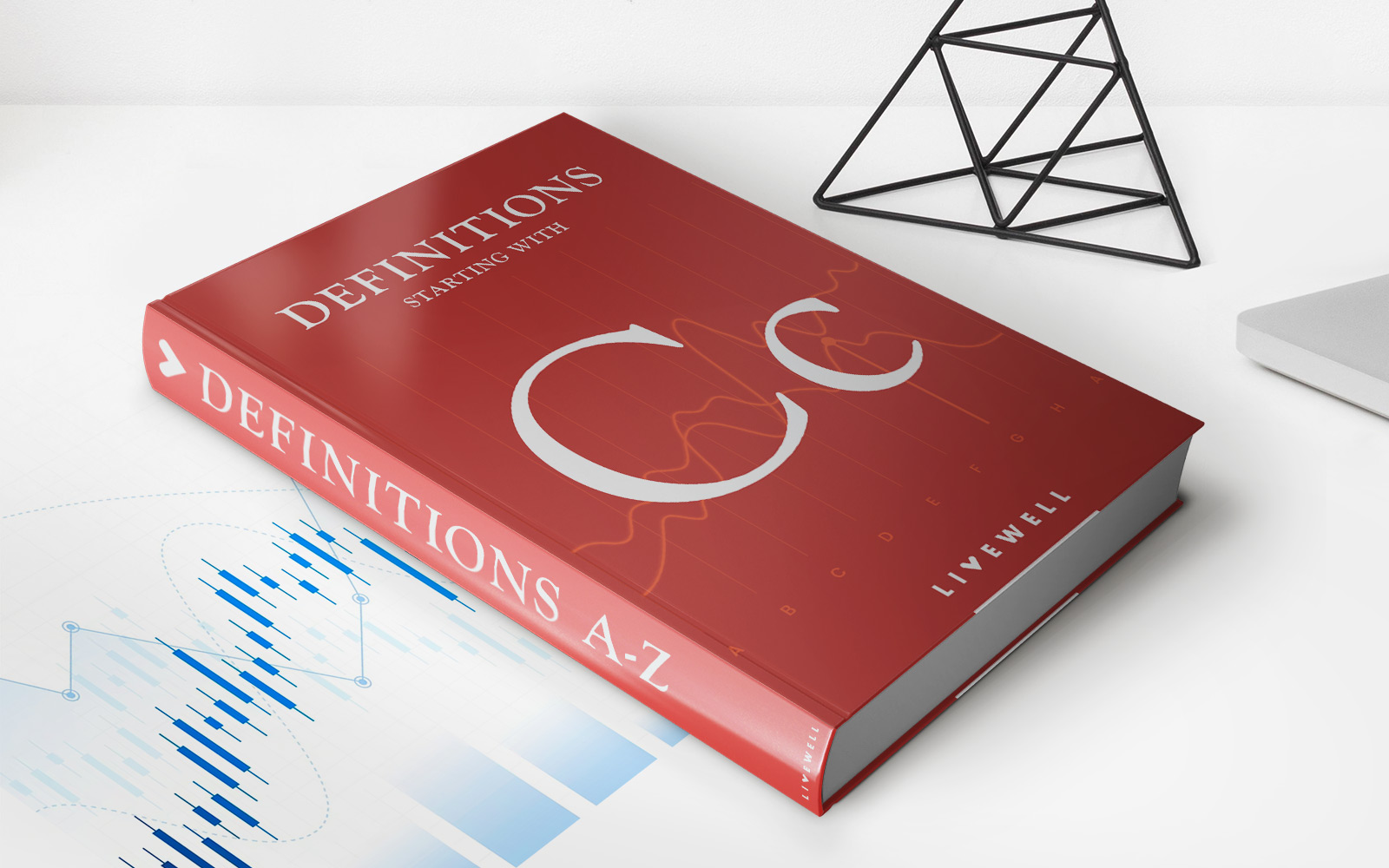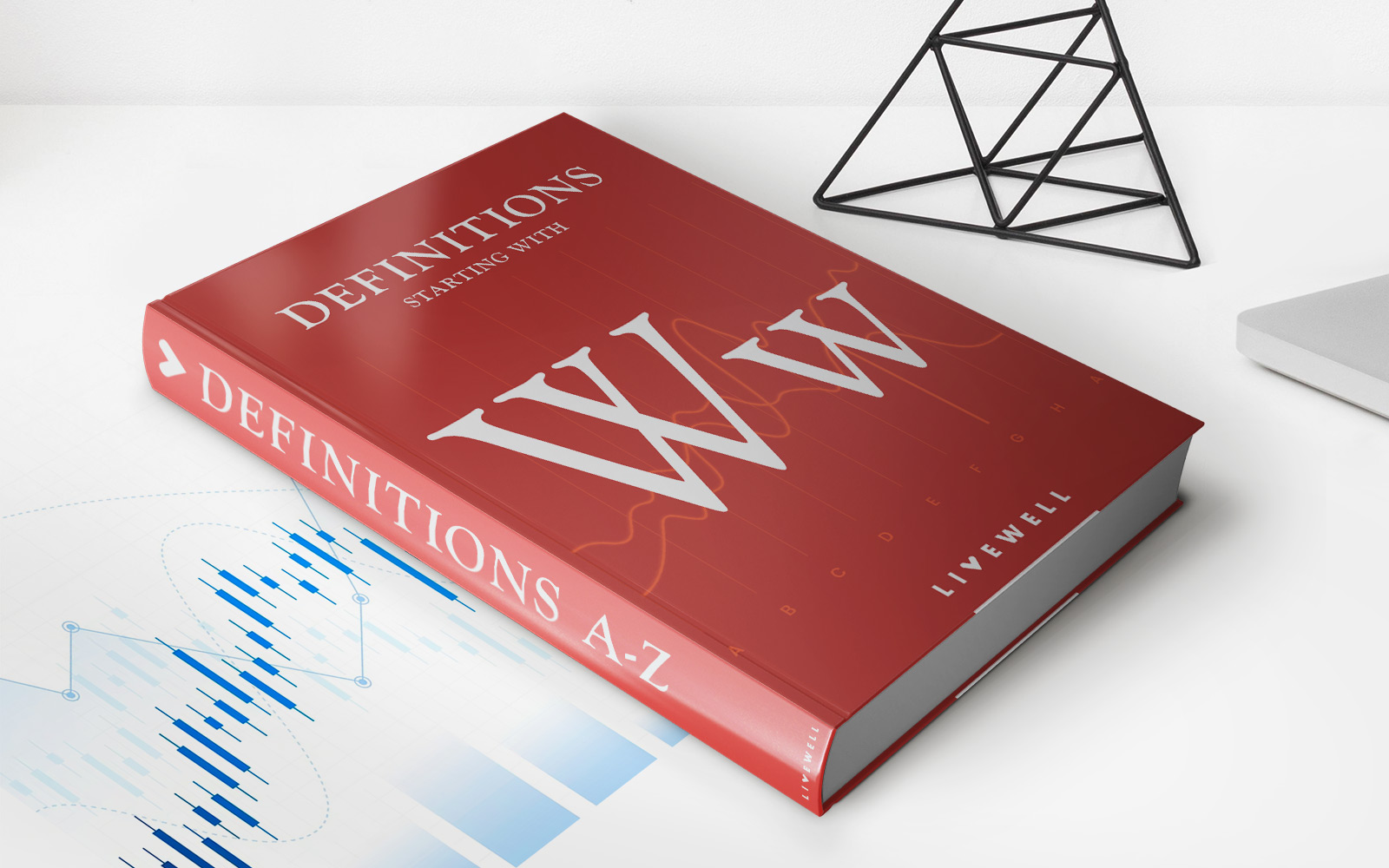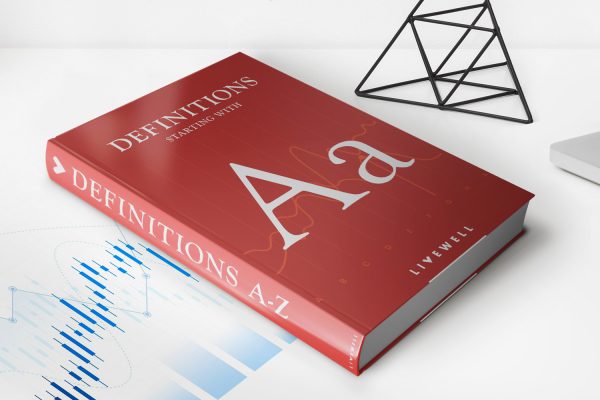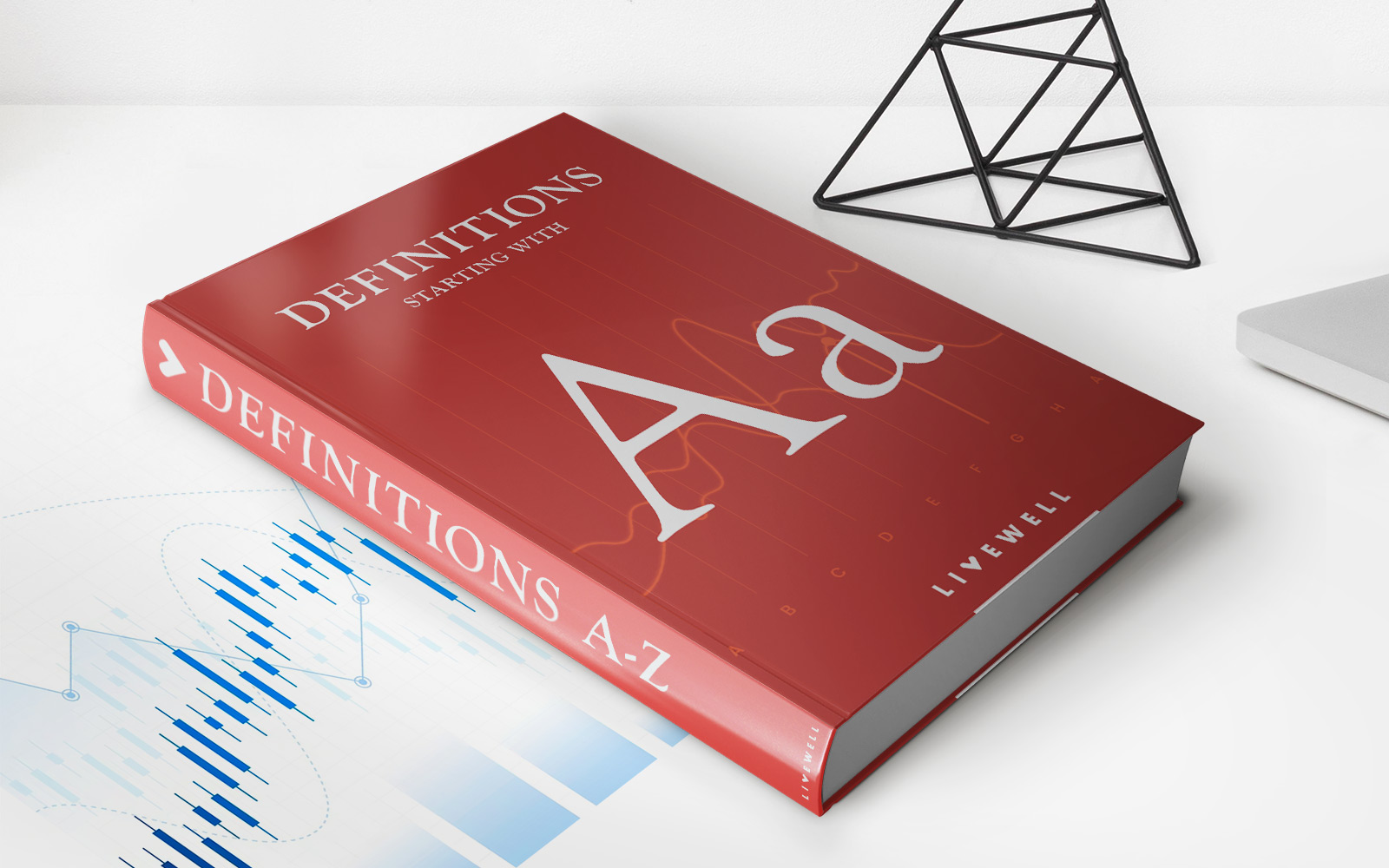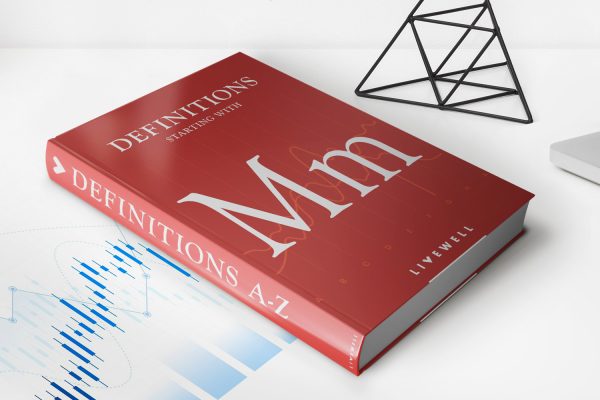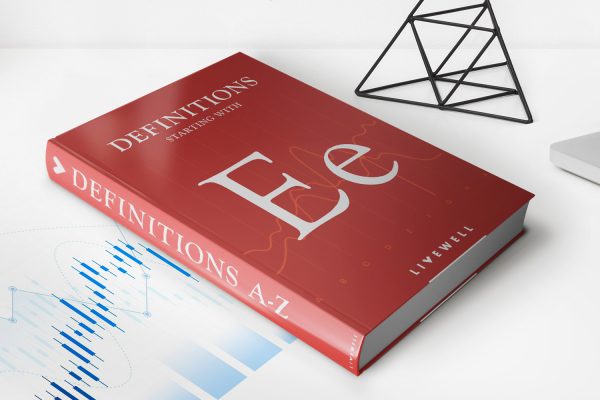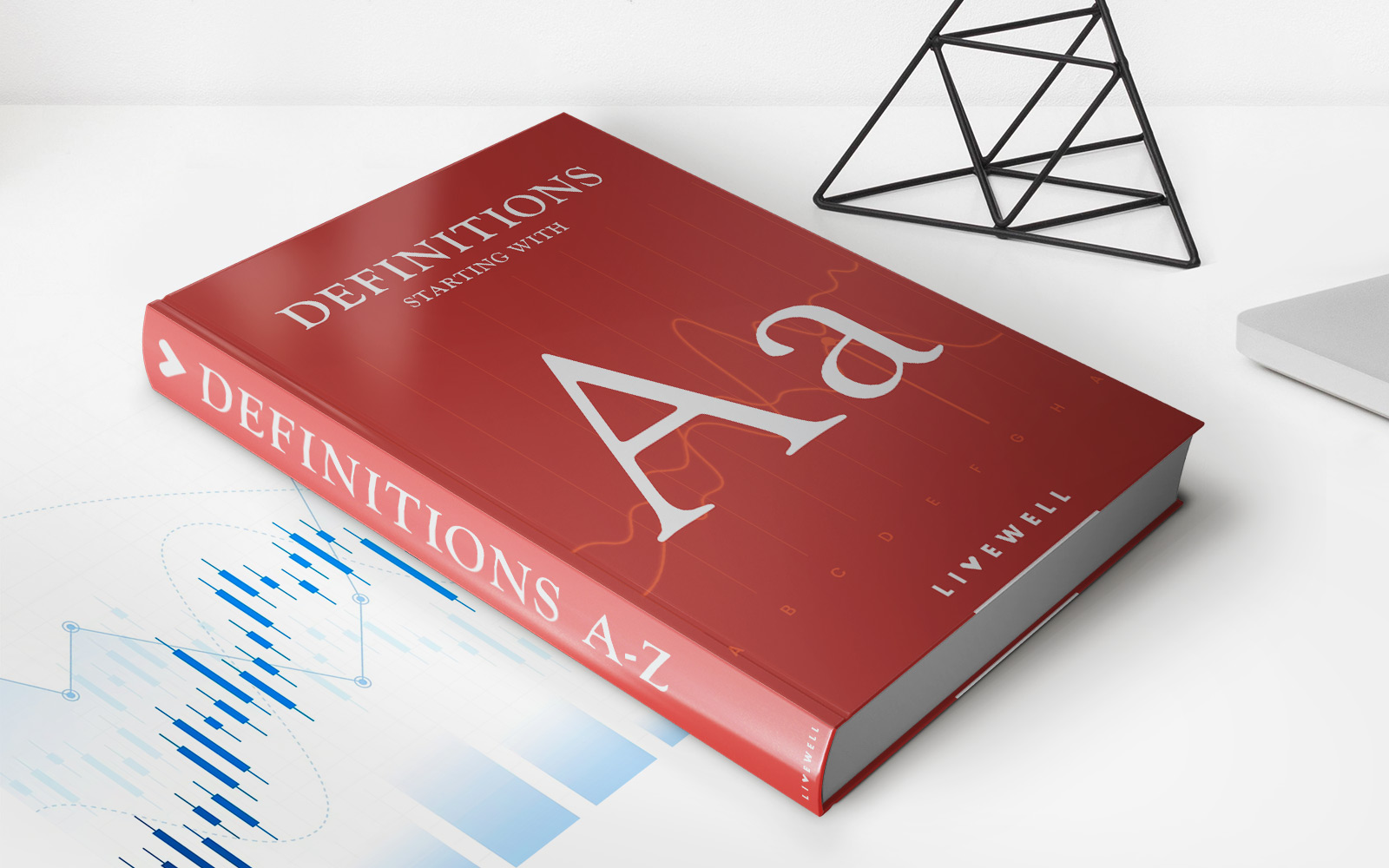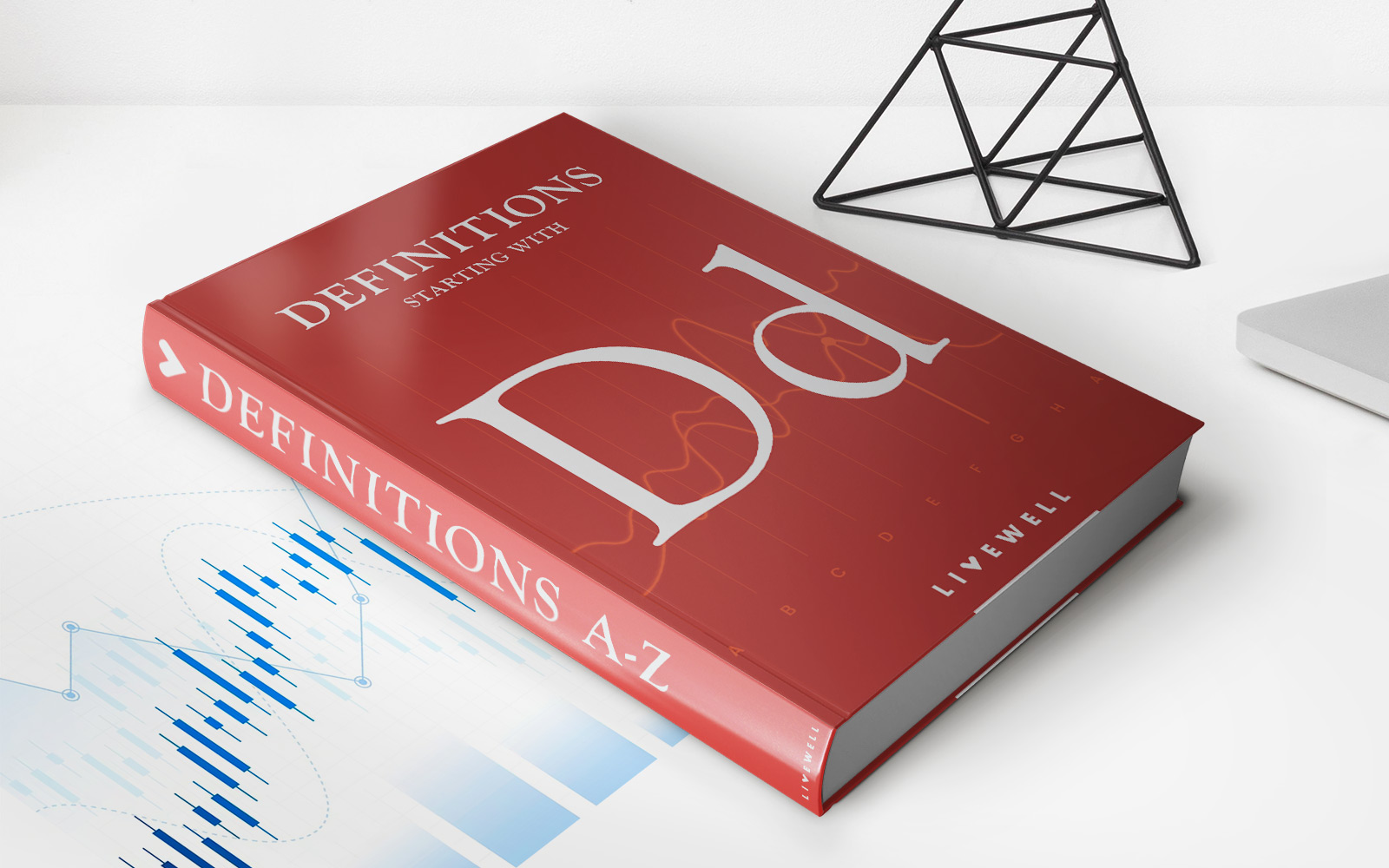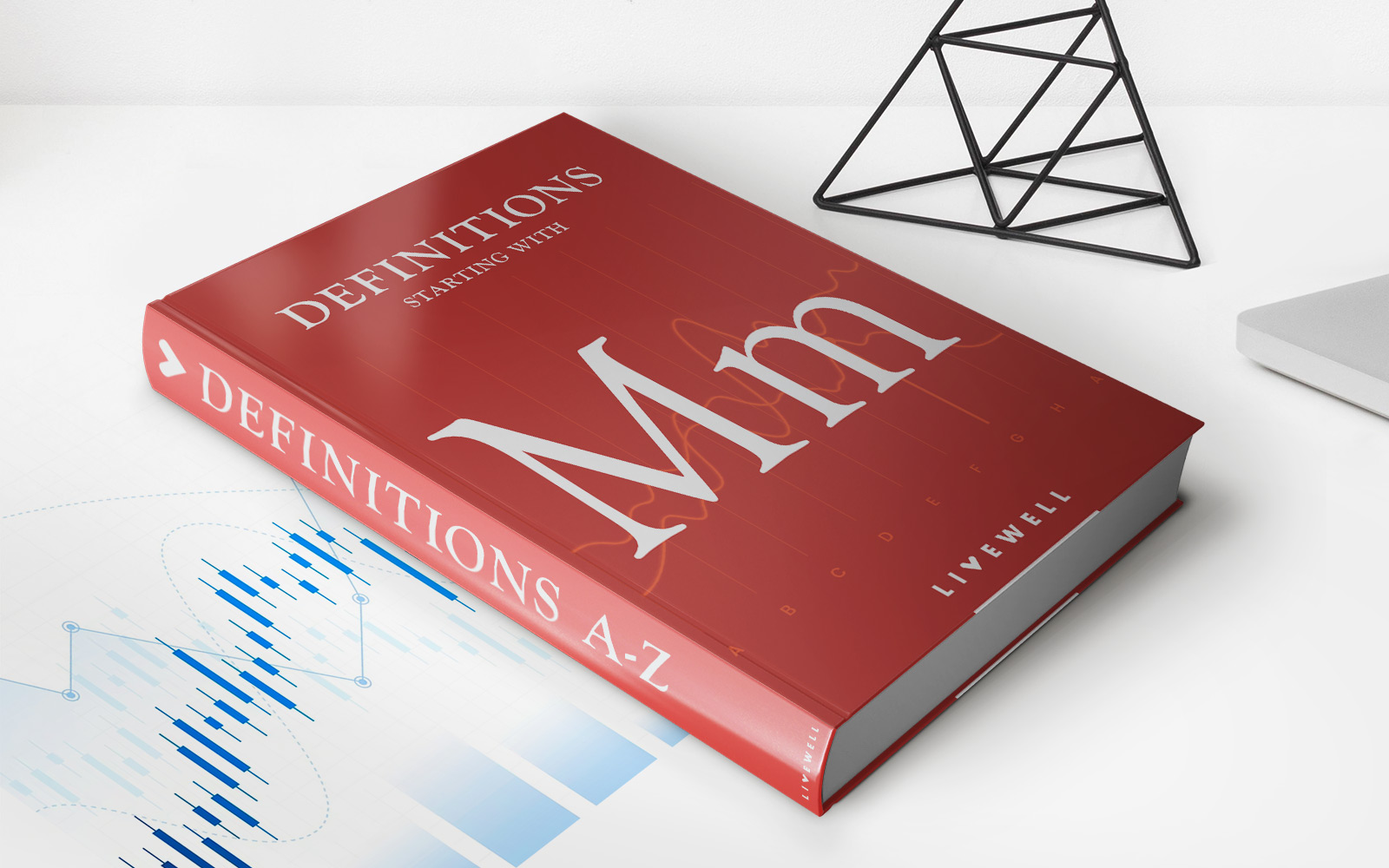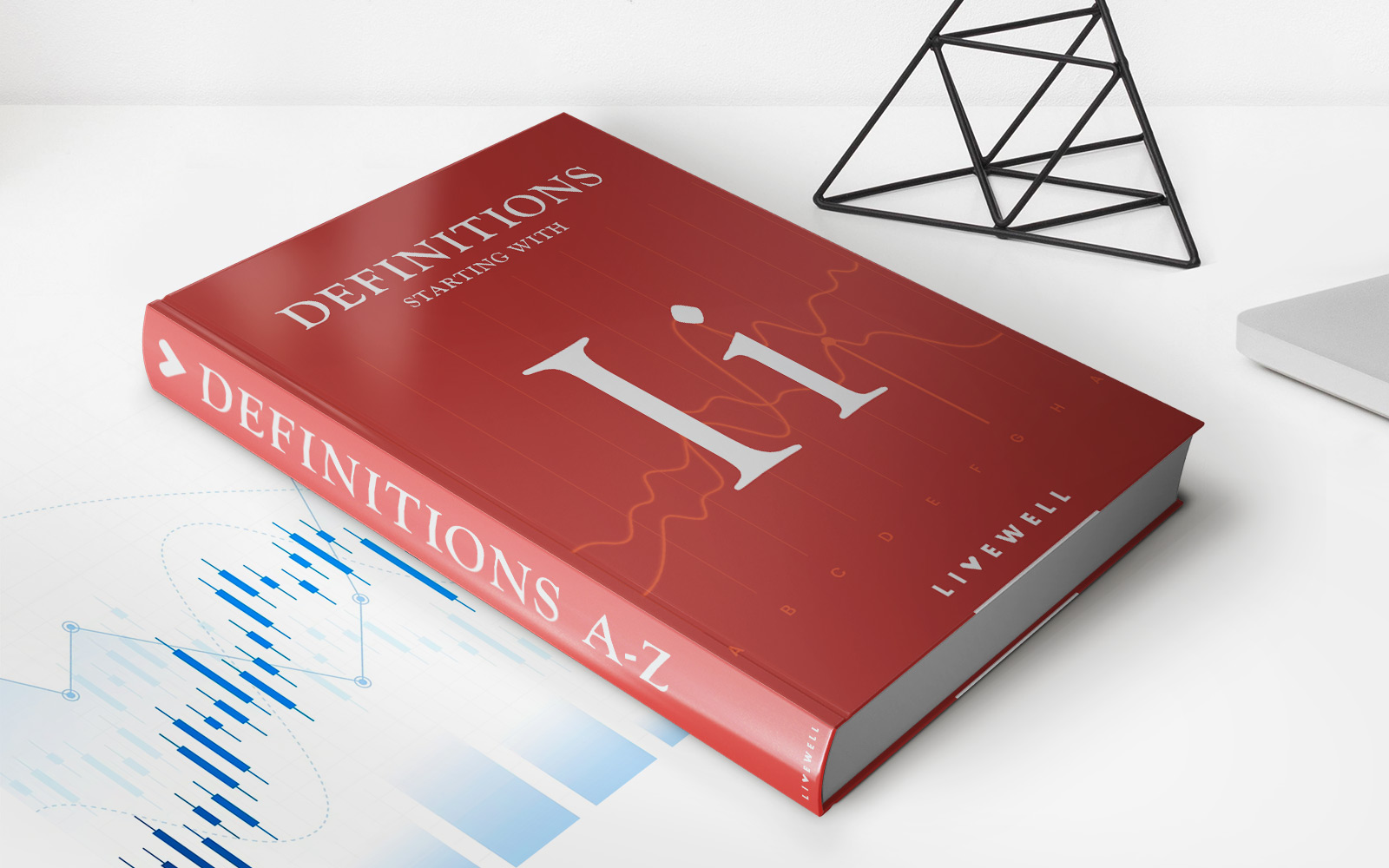Home>Finance>Encumbrance: Definition, Example, And Types Of Encumbrances
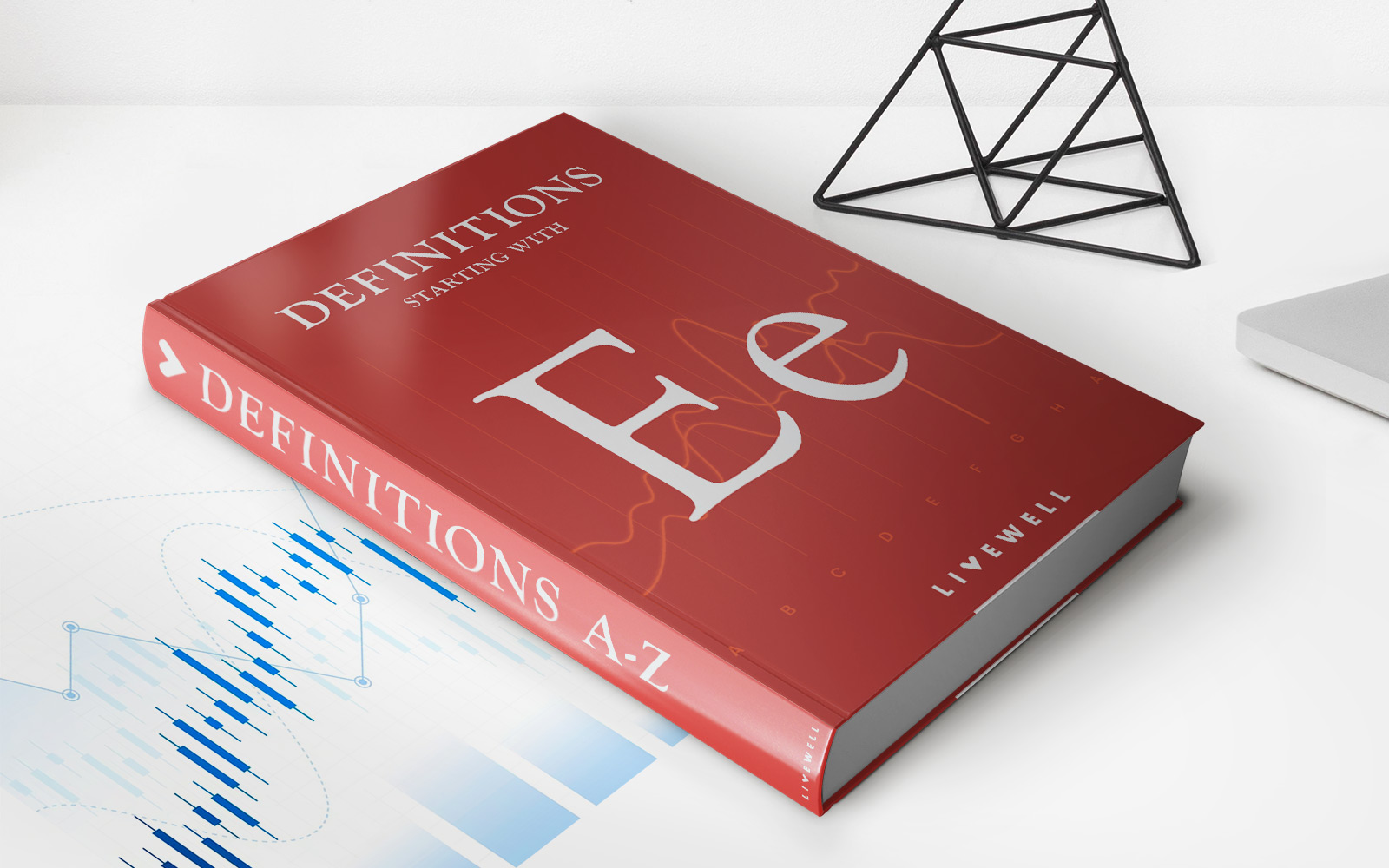

Finance
Encumbrance: Definition, Example, And Types Of Encumbrances
Published: November 18, 2023
Learn about the definition, examples, and types of encumbrances in finance. Expand your knowledge in this crucial area of the financial industry.
(Many of the links in this article redirect to a specific reviewed product. Your purchase of these products through affiliate links helps to generate commission for LiveWell, at no extra cost. Learn more)
Encumbrance: Definition, Example, and Types of Encumbrances
Are you looking for a comprehensive guide on encumbrances? You’ve come to the right place. In this blog post, we’ll dive into the definition, provide an example, and explore the different types of encumbrances. Whether you’re a curious individual or a finance professional, understanding encumbrances is crucial in managing your financial assets effectively.
Key Takeaways:
- Encumbrances are restrictions or limitations on property or assets that affect their transferability.
- They can include mortgages, liens, easements, or even unpaid debts.
What is an Encumbrance?
An encumbrance is a legal term used to describe any restriction or limitation on a property or asset that affects its transferability. When an encumbrance is present, it means that the property or asset is not completely free and clear of any obligations or restrictions. These obligations can be in the form of monetary debt, legal claims, or even physical limitations on the property itself.
Imagine you are considering purchasing a property. Before making the decision, it is crucial to be aware of any encumbrances that may exist. These encumbrances can affect the property’s value, its legal status, and its potential future use. By understanding encumbrances, you can make informed decisions and avoid potential pitfalls in your financial endeavors.
Example of an Encumbrance:
Let’s consider a common example of an encumbrance: a mortgage. When you purchase a property with a mortgage, the lender places a lien on the property as collateral until the mortgage is fully paid off. This lien serves as an encumbrance on the property, restricting your ability to sell or transfer the property without satisfying the outstanding mortgage debt.
Another example of an encumbrance is an easement. An easement grants another party the right to use your property for a specific purpose, such as accessing their landlocked property. This encumbrance limits your full control over the property, as the easement holder has certain rights to access or use a portion of it.
Types of Encumbrances:
Encumbrances come in various forms, and it is essential to be familiar with the different types:
- Mortgages: As mentioned earlier, mortgages are one of the most common types of encumbrances. They are financial loans used to purchase property, with the property serving as collateral until the loan is repaid.
- Liens: A lien is a legal claim against a property to secure a debt or obligation owed by the property owner. Common examples include tax liens, mechanic’s liens, or judgment liens.
- Easements: Easements grant someone else the right to use a portion of your property for a specified purpose. This can include granting access to neighboring properties, utility companies, or creating a pathway.
- Covenants: Covenants are legal restrictions placed on a property’s use, often found in homeowner’s association agreements or local municipality zoning regulations.
- Restrictive Covenants: These are specific covenants that limit the property’s use in terms of activities allowed or prohibited-for example, no commercial activities in a residential area.
- Encroachments: Encroachments occur when a portion of one property extends beyond its legal boundaries and infringes on another property.
- Restrictions: Restrictions can apply to specific uses of the property, such as prohibiting the construction of certain types of buildings or structures.
Understanding these different types of encumbrances will help you navigate the complexities of property ownership, legal obligations, and potential risks associated with them.
In summary, encumbrances represent restrictions or limitations on properties or assets that affect their transferability. By being aware of these encumbrances, you can make informed decisions and avoid potential complications in your financial endeavors. So, the next time you consider purchasing or dealing with property, take the time to understand the encumbrances that may exist and their implications.
